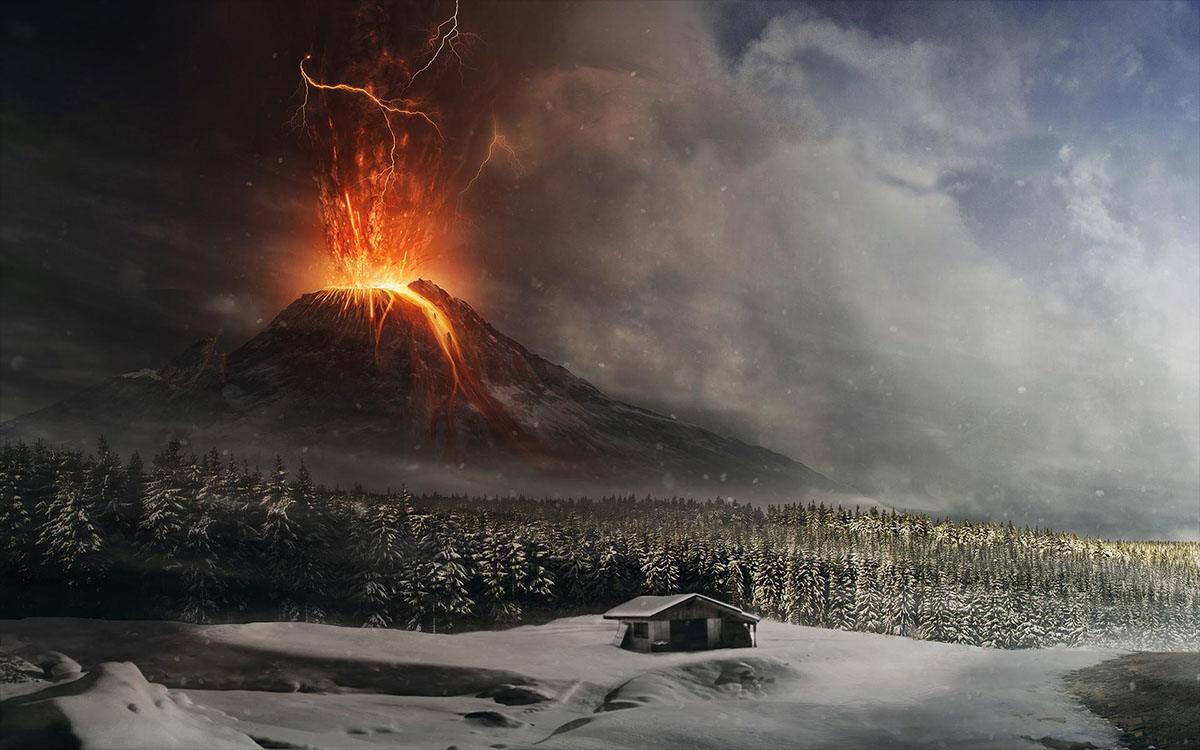egads! an actual, scientific climate change debate!

And as an added bonus, it involves Michael Mann, the creator of the hockey stick graph which sends the shills for the Heartland Institute and other denialist think tanks, and their fans, into fits of apoplectic fury and blog carpet-bombing whenever it’s mentioned. As an added bonus, it also concerns reconstructing temperature data for tree rings. Holy skeptical heart palpitations! What could it possibly be? Well, in short, it’s a technical matter of accounting for the cooling effects of large volcanic eruptions in the tree ring record and matching it closer with the records built from ice cores to nail by exactly what fraction of a degree the average temperatures for the areas of the sampled trees fluctuated year to year. Yes, the world is still getting hotter, so global warming itself is not in question. The real debate is over the minutia of how well the models we have can see into the future to predict what effects the arming will have on a macro scale and Mann is not shying away from addressing the issue in both peer reviewed publication and blog format.
Here’s the issue in detail. Ice cores from the Arctic show ash deposits form huge volcanic blasts from the past, and what we say huge, we’re talking about the likes of Tambora and Krakatoa. In their wake, vast ash clouds that blocked the sun drastically cooled the planet for years. We see this is historical records as bizarre temperature drops and musings on the odd lack of seasonal changes, as well as the occasional frost in summers which led to famines. But while the cores and surviving accounts talk about a brief but drastic change lasting a year or two or ten, far too many tree ring temperature reconstructions barely show these events as a blip on the radar. To one team of scientists, this discrepancy was a little too much and they didn’t like the way Mann’s team treated the issue by backdating the events into the record based on the hypothesis that a tree at certain altitudes could easily fail to grow in the cold and form a new ring. It’s important to note that the discussion isn’t that Mann ignored the cooling, but in sampling techniques.
It’s rather difficult to just say that we need to average the temperature reconstructions from tree rings and re-run the model from there because the geography of the sample matters as well. As noted by Mann, some samples barely register Tambora. Others show it to be too drastic for the effects it had on the global climate. How do you find a happy medium knowing that you can’t just jump into a time machine and measure the temperatures day to day, or sample every tree living on the planet during the eruption? How exactly can one model the global effects of what a local disruption can do with chaotic variables involved in the process with an exacting precision? Well, that’s what the debate is all about in a nutshell. We know that overall, trends like global warming see volcanic eruptions as a tiny bump in the road, but whenever you plot the climate forecast for the entire world, you want to be sure that your model closely adheres to what really happens if a volcano goes off. This is what the rival teams really want to do: make sure their model’s minutia are as accurate as possible when it comes to how volcanic ash clouds affect trees.





